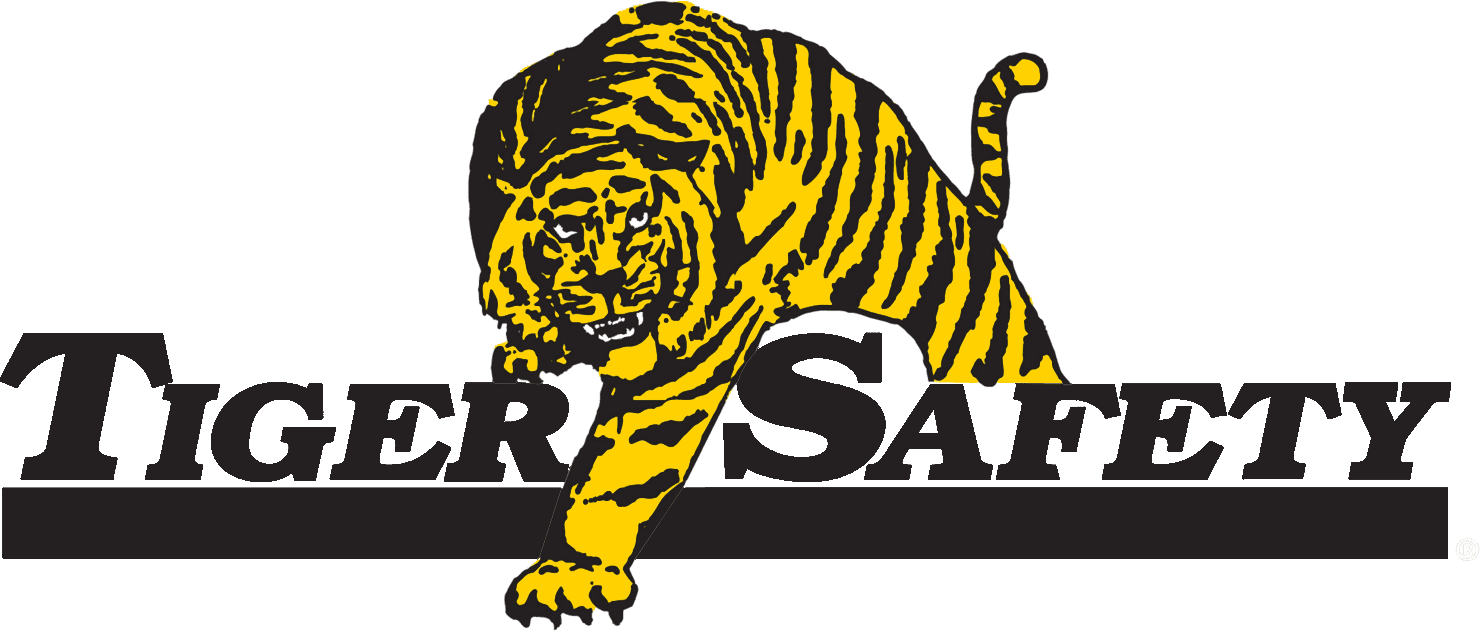Well test separators are a fundamental component of oilfield operations, playing a critical role in the separation, measurement, and evaluation of various fluid components extracted from hydrocarbon wells. These separators contribute to the enhancement of oilfield safety and the optimization of production processes, enabling operators to make data-driven decisions for effective reservoir management.
Well test separators separate fluids into distinct phases, typically oil, gas, and water, and allow operators to measure and analyze well production rates and reservoir conditions. This valuable data is vital for adjusting production methods, implementing preventive actions, and making informed decisions about reservoir management, resource allocation, and future exploration activities. Moreover, well test separators can facilitate the identification and elimination of any production inefficiencies, ensuring the highest possible levels of output and cost-effectiveness.
Let’s uncover the significance of well test separators in the oil and gas industry, discuss the essential aspects of separation and measurement, and demonstrate how Tiger Safety Rentals can provide efficient and cost-effective equipment solutions to support your projects.
The Crucial Role of Well Test Separators in Oilfield Operations
Understanding the Components of Well Test Separators
Well test separators comprise several key components, each designed to handle specific aspects of the separation and measurement processes. These components include:
- Inlet Devices: These devices distribute the fluid mixture evenly, reducing the impact of turbulence on the separation process, and enhancing the separation efficiency of the equipment.
- Separation Chambers: Divided into primary and secondary sections, separation chambers allow for the gravity-based separation of fluids into their respective phases: oil, water, and gas.
- Mist Extractors: Installed in the gas section of the separator, mist extractors trap and separate any remaining liquid droplets from the gas streams, ensuring their accurate measurement.
- Level Controllers and Skimmers: These devices automatically regulate fluid levels, directing the separated fluid phases to designated outlets for further processing or disposal.
Evaluating Separator Types: 2-Phase vs. 3-Phase Separators
Based on operational requirements, well test separators can be categorized into two primary types: 2-phase and 3-phase separators.
- 2-Phase Separators: These separators focus on separating gas from liquids, without differentiating between oil and water. They primarily consist of a large horizontal or vertical vessel separated into two main sections: a primary separation section for gas extraction and a liquid collection section.
- 3-Phase Separators: Taking fluid separation a step further, these separators are designed to split the gas, oil, and water phases individually. They often feature specialized components, such as coalescers or electrostatic grids, to improve the efficiency of oil-water separation.
Considering the fluid characteristics and specific operational needs, companies in the oil and gas industry must decide which separator type to utilize for their well testing and production processes.
The Significance of Correct Separator Sizing
For optimal separator performance, it is crucial to consider the sizing of equipment accurately. To determine the correct separator size, several factors must be taken into account:
- Fluid Characteristics: The composition, density, and viscosity of the fluid mixture play a vital role in separator sizing, as they influence the rate of separation and the efficiency of the process.
- Process Conditions: Operating pressures and temperatures must be considered when sizing separators since they affect fluid properties and the overall performance of the equipment.
- Flow Rates: Well productivity and flow rates influence the separator size, as higher flow rates demand larger separator dimensions to accommodate the increased volume of fluids.
- Retention Time: Adequate retention time is necessary for efficient separation. Operators must consider factors such as fluid mixture properties and equipment design to determine the appropriate retention time and corresponding separator size.
Applications of Well Test Separators in the Oil and Gas Industry
Well test separators are deployed across various oil and gas industry applications, including:
- Exploration and Drilling: During the early stages of well exploration, test separators help evaluate well productivity, estimate reservoir size, and determine commercial viability.
- Production Monitoring: By separating and measuring fluid outputs, well test separators assist operators in monitoring well production rates, identifying potential issues, and optimizing reservoir management strategies.
- Flow-back Operations: Following hydraulic fracturing procedures, well test separators separate and measure the flow-back fluids, enabling the analysis of fracturing fluid recovery and reservoir response.
- Artificial Lift Systems: Well test separators are indispensable in monitoring artificial lift systems’ performance, helping operators track improvements in fluid production and well productivity.
Tiger Safety Rentals: Your Premier Partner for Well Test Separator Solutions
When seeking high-quality well test separators for your oil and gas industry operations, Tiger Safety Rentals is your go-to provider. Partnering with us ensures:
- Extensive Equipment Options: Our selection of well test separators includes state-of-the-art equipment designed to deliver accurate and reliable results, ensuring your team has access to the best available devices.
- Customizable Solutions: We provide tailor-made solutions to meet your unique project requirements, ensuring the most efficient and cost-effective equipment and services.
- Expert Consultation: Our seasoned professionals possess deep industry knowledge, helping you select the perfect well test separators for your specific applications and guiding you to achieve the optimal results.
Conclusion
Well test separators are an indispensable component of oilfield operations, providing critical data on fluid production rates and reservoir conditions. By effectively separating and measuring the output from hydrocarbon wells, these separators allow operators to optimize their production processes and ensure maximum efficiency. Leveraging Tiger Safety Rentals’ comprehensive selection of well test separator solutions guarantees access to reliable equipment, expert guidance, and customizable services tailored to your unique project needs. Contact us today to learn more about our equipment offerings and how we can help you enhance your oil and gas operations.

